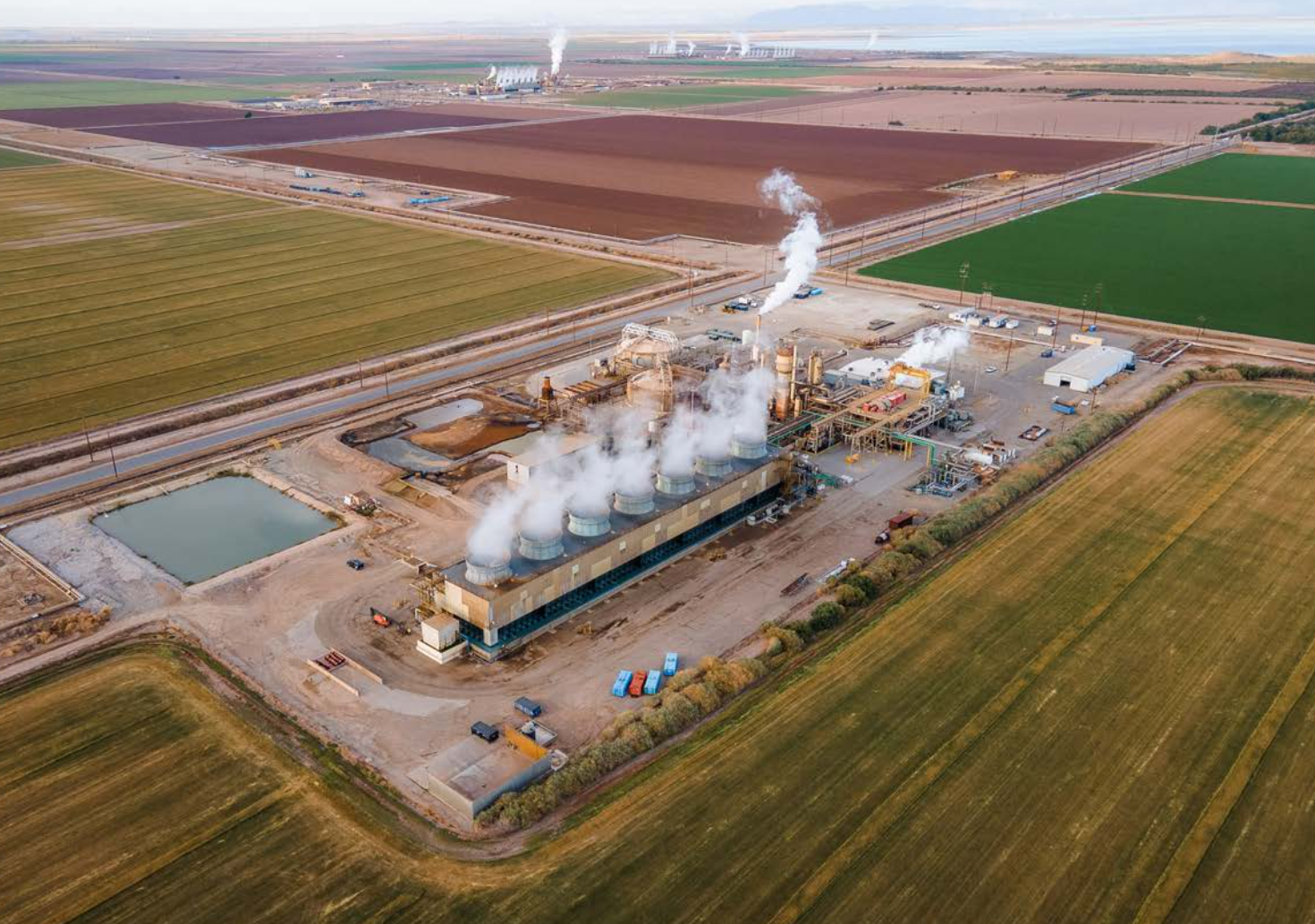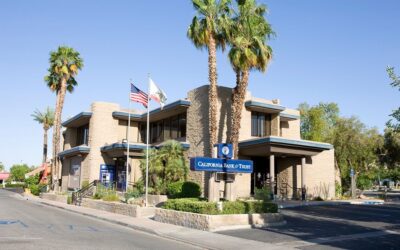The U.S. Department of Energy’s (DOE) Lawrence Berkeley National Laboratory recently released analysis of Lithium Valley’s immense domestic mineral source potential as further urgency to continue investing in and developing the region’s geothermal and lithium opportunities.
The analysis found that with expected technology advances, the Salton Sea region’s total resources could produce more than 3,400 kilotons of lithium, enough to support over 375 million batteries for electric vehicles (EV) – more than the total number of vehicles currently on U.S. roads. The analysis confirms the region has significant potential as a domestic source of this critical mineral used in batteries for stationary storage and EVs, both of which are crucial to the Biden-Harris Administration’s goal of a net-zero emissions economy by 2050.
The United States currently has limited capabilities to extract, refine, and produce domestically sourced lithium, meaning nearly all lithium for U.S. needs must be imported. Geothermal brines, which are a byproduct of geothermal electricity generation, often have high concentrations of minerals like lithium and zinc. While exact concentrations of these minerals depend on the location and surrounding geology, the use of direct lithium extraction (DLE) from geothermal brines offers a promising opportunity to couple clean, renewable electricity with a source of domestic lithium. Findings of the analysis are based on the ability to access the entire Salton Sea geothermal reservoir for electricity production, as well as the ability to fully extract lithium resources from resulting geothermal brines.
“Lithium is vital to decarbonizing the economy and meeting President Biden’s goals of 50% electric vehicle adoption by 2030,” said Jeff Marootian, Principal Deputy Assistant Secretary for Energy Efficiency and Renewable Energy. “This report confirms the once-in-a-generation opportunity to build a domestic lithium industry at home while also expanding clean, flexible electricity generation. Using American innovation, we can lead the clean energy future, create jobs and a strong domestic supply chain, and boost our national energy security.”
Assemblymember Eduardo Garcia, Chair of the Assembly Select Committee on California’s Lithium Economy, says that he wants to carry the momentum forward robustly to yield increased support for California’s lithium leadership and vision to achieve clean energy and electric vehicle goals while empowering the local community. “This latest analysis reinforces our community-driven lithium vision and the direction we have taken in California to lead clean energy innovation and invest in the Lithium Valley region. Realizing the game-changing opportunities before us, we jumped into action, creating an equitable policy model to direct development, education, job training, and community engagement resources for lithium recovery efforts at the Salton Sea,” said Assemblymember Garcia. “We thank Governor Newsom and all our industry, education, labor, economic, tribal, environmental, and community partners who have collaborated with us as we accelerate our clean energy future while creating advancement opportunities for our underserved district.”
The work of Assemblymember Garcia and the State of California’s lithium leadership team includes:
- In March 2023, Governor Newsom visited Lithium Valley, highlighting the region’s importance to the world’s clean energy future.
- Assemblymember Eduardo Garcia’s AB 1657 created the Blue Ribbon Commission on Lithium Extraction in California (Lithium Valley Commission) which brought industry experts together with community stakeholders to review, analyze, and report recommendations to advance lithium recovery in the Salton Sea region. The commission was mandated to submit a final report of findings to the California State Legislature. The December 2022 report recommendations addressed issues such as transmission planning, permitting improvements, infrastructure investments, economic incentives, and job training needs.
- Since 2017, California has awarded more than $27 million to nearly 20 research projects for relevant lithium innovations.
- $80 million was secured to build a STEM facility at the Imperial Valley campus of San Diego State University to develop a local workforce pipeline.
- Passage of Lithium Extraction Tax Law ensuring that the community benefits from the lithium industry and the industry will support Salton Sea restoration.
- The state allocated $5 million to the County of Imperial in lithium support with $800,000 for community engagement.
- Over $500 million in state funding commitments have been made for Salton Sea improvement projects. Including a $200 million large-scale habitat restoration, and dust suppression project that is near completion.




